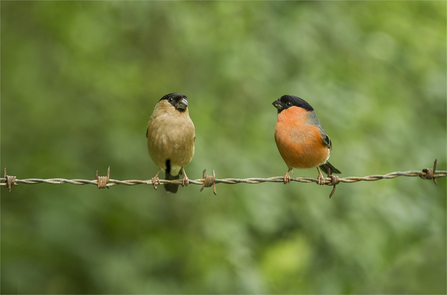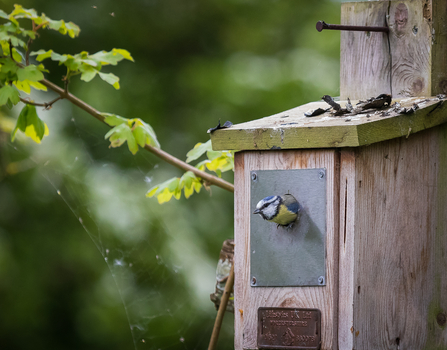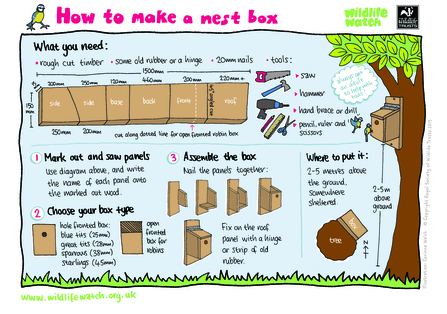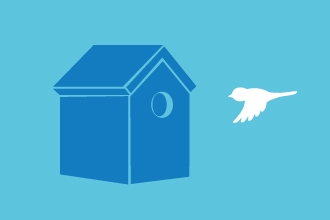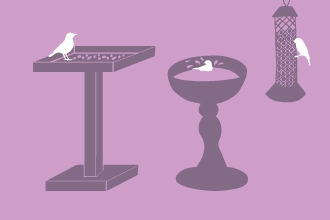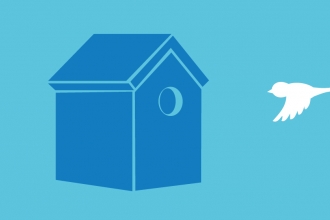Each year, National Nest Box Week coincides with Valentine's Day. Starting on 14th February, it gives us the opportunity to consider that it's not just us getting cuddly and snuggly - birds in your garden and in our countryside are hunting for partners and searching for suitable nesting spots in which to raise a family.
The last few days have felt like spring has sprung already. The sun has been shining and the ornamental cherry in my garden is bursting into bud. Even though winter still might throw something at us, it feels like spring 'proper' is just around the corner. It sounds as though the birds are thinking this too - I've been hearing lots of birdsong in the garden and on my daily walks. Now is the time for testing potential mates and to find somewhere to settle down. A pair of blue tits in my garden have already laid claim to the nest box and I'm sure it won't be too long before they start carrying in nesting material.


